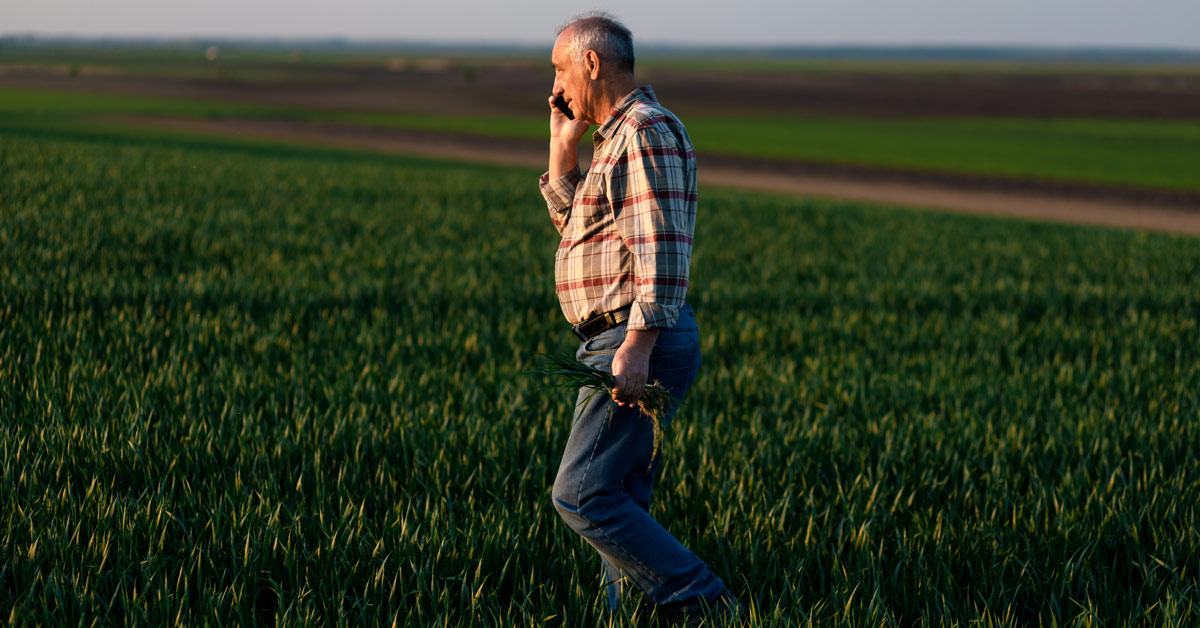What are the Most Practical Water Management Solutions?
As we’re now well and truly on the way to summer and bushfire season, it’s crucial that you’re putting measures in place now that will help to manage your water supply throughout what could be another very dry season. At Global Tanks, we have years of experience when it comes to finding the best Water Management Solutions and water storage tanks for rural communities, farms and agribusinesses. Read on to learn how you can get the most out of your drought management systems:
Now Might be the Time for a Stock Containment Area
If you live on or manage a farm, you’ve likely heard of a stock containment area, or SCA. With no guaranteed end in sight for the drought, now’s the time to seriously consider making an SCA if you don’t already have one. During a drought, an SCA allows you to rest and maintain your paddocks and the soil won’t become eroded due to the dry conditions. Besides these benefits, an SCA is highly beneficial if you need to rebuild fencing or structures on your farm following a bushfire and reduces the amount of time and resources spent watering, handling and feeding your stock. Make sure your stock containment area has a constant supply of cool water in a trough.
On average you should be planning for 6 litres per day, per sheep or 50 litres per day per head of cattle.
Manage your Dam Water Effectively
When collecting and storing water in a dam, there are various factors to consider when maintaining good water quality. A failure to keep up good practices can lead to a rapid deterioration in the standard of your water supply. Below are some of the best management practices:
- Fence off any dams on your property to prevent your livestock wading into the water and defecating. Instead, pump the water off into troughs.
- Make sure you have ample, healthy vegetation around your dam catchment. This will keep your soil stable which in turn improves the water quality.
- Good groundcover will also help to stop erosion and filter out pollutants before they get into your dam. Use a variety of grasses, clover and ground plants.
- Establish strong windbreaks around your dams to reduce the amount of water lost through evaporation. The best position for windbreaks is usually adjacent to your dam and we recommend using Pine trees, Acacia and Eucalypts.
Get your Water Tank Prepped
Drought season is when you’re most likely to need your water storage tank for any number of uses. Now is a good time to check if your tank needs desludging. Examine the insides of your tank to check if there’s been an accumulation of sediment or you may have even noticed the presence of sediment in your water flow. If your tank needs desludging, you can do it without emptying any water from your tank by using an inverted funnel at the end of your hose and dragging it along the bottom of your tank.
Water tanks are also one of the most effective water sources in the case of a bushfire. Get ready for bushfire season by ensuring that all vegetation and debris is cleared from the entire area around your tank. This will prevent a fire from spreading towards your tank and blocking access. It’s also crucial that you keep the space around your water storage tank clear in case your local fire services need to access your water supply with their truck. Talk with the team at Global Tanks to ensure you have fittings that your local Firefighters can hook up to.
At Global Tanks, our poly water storage tanks come in 30 different colours and a huge range of sizes with our largest and best value tanks holding up to 23,500 litres of water(45,000 litres in Victoria). We are experts at supplying Water Management Solutions to rural properties Australia-wide. If you have any questions about our water storage tanks or want to learn more about our services and the installation process, get in touch with one of our friendly team members today!

